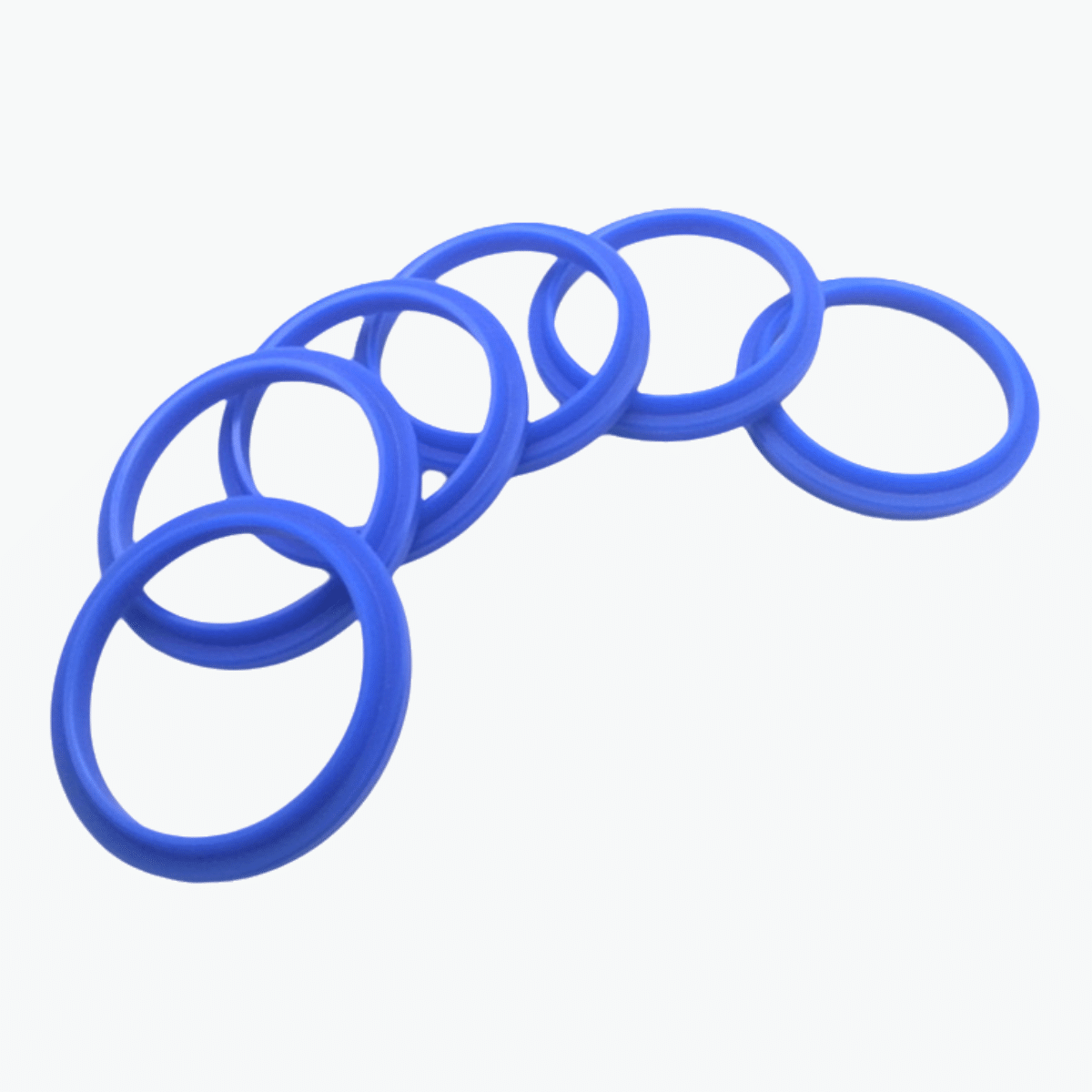Vous ne savez pas si vous avez besoin d'un joint d'étanchéité ou un joint anti-poussière? I’ve been there. I’ll walk you through their differences, so you don’t end up choosing the wrong seal for your application.
Oil seals and dust seals serve different purposes: one keeps lubrication in, the other keeps contaminants à l'extérieur. Here’s how to decide.

Keep reading to discover which sealing solution works best for motors, gearboxes, and off-road machinery.
What is the main difference between an oil seal and a dust seal?
Many people confuse dust seals and oil seals—but their jobs are quite different.
Oil seals are for lubricant retention, alors que joints anti-poussière are for blocking external contaminants.

Oil seals (also called rotary shaft seals) are used in lubricated rotating machinery to prevent oil leaks, such as in gearboxes or hydraulic pumps. Dust seals (wiper seals) are designed for harsh outdoor environments, blocking dirt, mud, and water that could damage the shaft.
| Fonctionnalité | Joint d'étanchéité | Joint anti-poussière |
|---|---|---|
| Fonction | Retains lubricant | Bloque la poussière et les débris |
| Utilisation idéale | Motors, gearboxes | Construction, off-road |
| Matériel | NBR, FKM, PTFE | NBR, FKM |
| Applications | Lubricated systems | Dust-prone systems |
| Modèles courants | TG4, TCV | EC, DKB |
Want to dive deeper into seal structure? Check out our TC oil seal structure guide.
Which seal material is best for your application?
Not all rubber is created equal—choosing the right material is essential.
Utiliser NBR for basic oil or dust resistance, FKM for heat/chemicals, and PTFE when speed is key.
Let’s break it down:
- NBR (nitrile): Great for standard oil/dust resistance
- FKM (Viton®): Ideal for high temp & chemical exposure
- PTFE: Excellent in high-speed, low-friction setups
For pneumatic environments, joints anti-poussière are your go-to.
Where are oil seals and dust seals used?
Your choice depends on the operating conditions.
Oil seals are a must for internal lubrication systems; dust seals shine in dirty, outdoor conditions.
Oil Seals Are Common In:
- Gearboxes & motors
- Systèmes hydrauliques
- Rotary shaft equipment
Les joints anti-poussière sont utilisés dans :
- Excavators, bulldozers, tractors
- Off-road vehicles
- Cylinders in dusty environments
Want something custom-fit? Explore our custom oil seal solutions.
How do you choose the right seal?
The trick is to match speed, pressure, and environment.
Here’s a quick guide:
| Condition | Meilleur choix |
|---|---|
| Rotation à grande vitesse | Oil seal with PTFE |
| Dusty construction zone | FKM dust seal |
| Outdoor shaft without oil | Dust seal only |
| High-pressure hydraulic pump | NBR oil seal |
Need help choosing? Our rotary seal selection guide makes it easy.
How to maintain seal performance over time?
Even the best seals fail without proper care.
💡 Here’s what I recommend:
- Replace seals every 12–24 months
- Inspect shaft surfaces for damage
- Use the correct storage method
- Choose seals rated for your system’s real temperature/pressure
Want your seals to last longer? Read our guide on extending rotary seal life.
Conclusion
Oil seals retain lubrication; dust seals keep out debris. Choose based on environment, speed, and pressure.
Get expert sealing advice & place your order
📩 Mail:[email protected]
📞 WhatsApp:+86 17622979498
Related post
- How to Choose the Right Rotary Shaft Seal?
- Joint d'étanchéité TC : structure, spécifications et utilisations
- Custom Size Oil Seals: When and Why You Need Them
- Comment prolonger la durée de vie de vos joints d’arbre rotatif ?
- Reliable Radial Shaft Seals for High-Speed Applications


